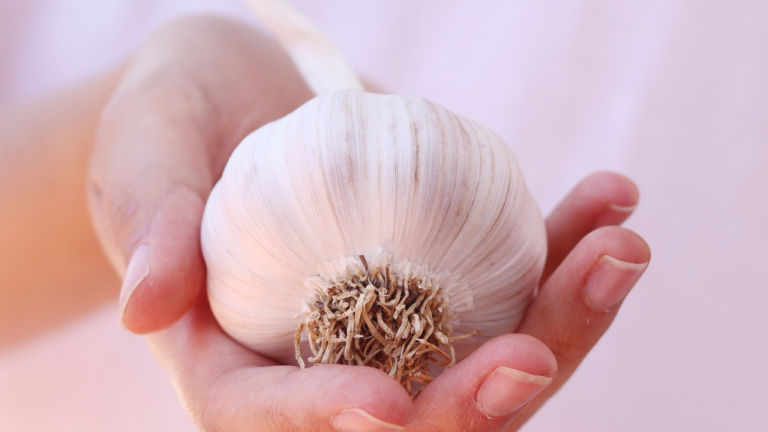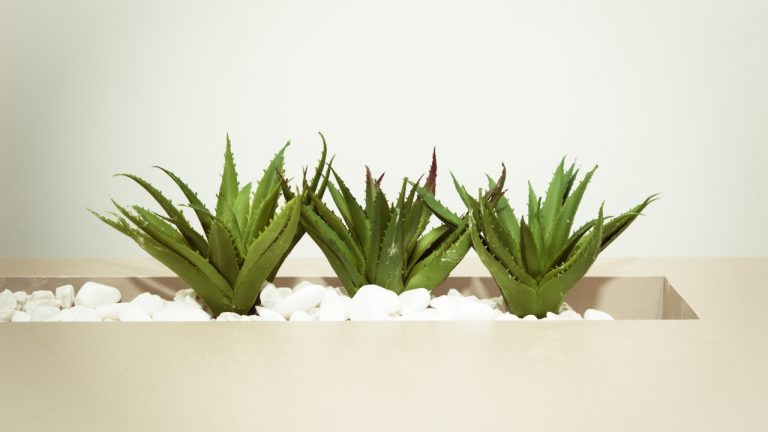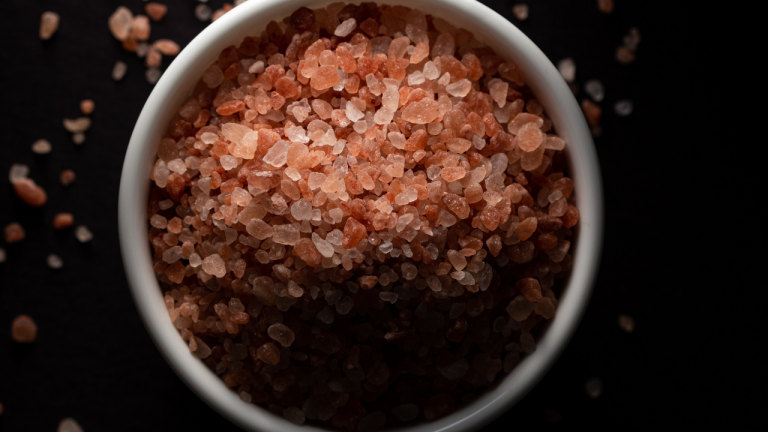Reproductive Organs

The reproductive organs, also known as the genital or reproductive system, are a set of organs and structures in the human body responsible for sexual reproduction. In females, the reproductive organs include internal and external structures, while in males, they mainly consist of external organs. Let’s take a closer look at the reproductive organs in both sexes:
Female Reproductive Organs:
Ovaries: The ovaries are a pair of small, almond-shaped organs located in the lower abdomen. They produce and release eggs (ova) during the menstrual cycle and also secrete hormones like estrogen and progesterone.
Fallopian Tubes: These are two thin tubes extending from each ovary to the uterus. The fallopian tubes provide a pathway for the egg to travel from the ovary to the uterus. Fertilization of the egg by sperm usually occurs within the fallopian tubes.
Uterus: Also known as the womb, the uterus is a muscular, pear-shaped organ where a fertilized egg implants and develops into a fetus during pregnancy.
Cervix: The cervix is the lower, narrow end of the uterus that connects to the vagina. During childbirth, it dilates to allow the baby to pass through.
Vagina: The vagina is a muscular canal that connects the cervix to the external genitalia. It serves as a passageway for menstrual flow and is also the site of sexual intercourse.
External Genitalia: The external female genitalia are collectively called the vulva and include the labia majora, labia minora, clitoris, and vaginal opening.
Male Reproductive Organs:
Testes: The testes (singular: testis) are two small, oval-shaped organs located in the scrotum. They are responsible for producing sperm and testosterone, the primary male sex hormone.
Epididymis: The epididymis is a coiled tube located on the back of each testis. It stores and transports mature sperm.
Vas Deferens: The vas deferens is a muscular tube that carries sperm from the epididymis to the urethra during ejaculation.
Urethra: The urethra is a tube that serves both the urinary and reproductive systems. It carries urine from the bladder and also transports semen during ejaculation.
Seminal Vesicles, Prostate Gland, and Bulbourethral Glands: These accessory glands produce fluids that mix with sperm to form semen, providing nourishment and support for sperm viability.
Penis: The penis is the male organ of copulation and urination. It consists of three cylindrical chambers that fill with blood during sexual arousal, causing an erection.
The female and male reproductive systems work together to facilitate sexual intercourse, fertilization of the egg, and the development of a fetus during pregnancy. The complex interplay of hormones and physiological processes in these organs ensures the continuation of the human species through reproduction.



